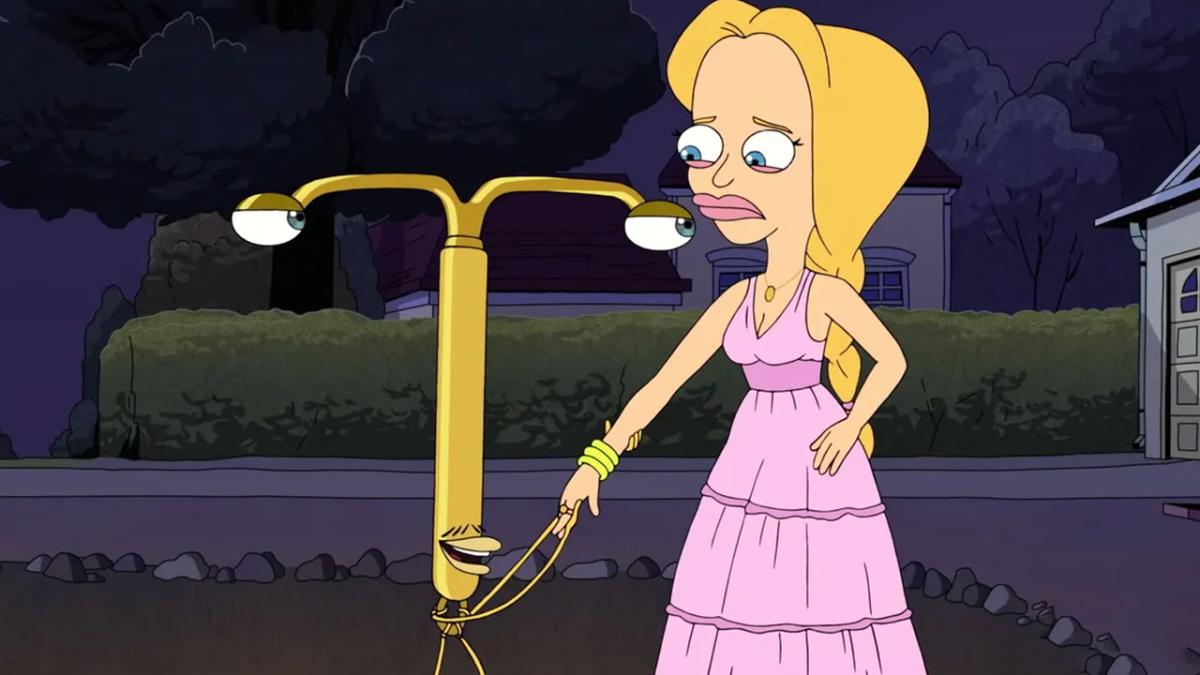
Australians are calling for better pain relief options to be used during IUD procedures after hundreds of people shared their horror stories with the contraceptive device.
The ABC put a call out asking people to share their experiences with having an IUD put in or removed. On Monday, the publication shared its findings. It received more than 300 stories of unbelievable pain, nausea and vomiting, fainting and being given minimal medical advice about the procedure.
An intrauterine device — or IUD — is a small, T-shaped plastic device with long strings that sits inside the uterus. It’s one of the most effective hormonal contraceptives and is also used for people with endometriosis, polycystic ovaries or polycystic ovarian syndrome to help alleviate menstrual pain and lighten periods.
The procedure is said to be quick and pretty painless — and that’s the case for quite a few people. But for some, the process can be longer, more invasive and result in extended pelvic pain.
The ABC reported that one of the most common complaints it received was that a lot of people weren’t told just how severe — and extended — the pain could be.
As someone who had a pretty similar traumatic experience, I can absolutely understand the need for better pain relief and communication around what can happen with an IUD insertion.
I got an IUD inserted for my polycystic ovaries (which were routinely causing me to end up writhing on the bathroom floor in a cold sweat because of the pain) and at the time, my gynecologist told me some people can feel nauseous or faint from the procedure.
A rod instrument called a sound was used to measure the length of my uterus and dilate my cervix for the IUD to be put in. The only way I can describe that feeling is that it felt so unnaturally internal that it felt wrong. I felt like I shouldn’t have been able to feel any pain that deep in my body.
That feeling alone made me feel faint and incredibly nauseous and my gyno told me to stay lying down for a while after the procedure because my face had gone a grim shade of pale green. I don’t remember taking — or being given — anything more than just some over-the-counter painkillers and period pain medication.
The weeks afterwards were like extended period cramps — an abnormal ache that signified my body freaking out about the foreign object that had suddenly appeared. I checked in with my gyno and he explained what was likely happening, but to go back and see him if it got worse.
I’ve had my IUD in for nearly two years now and in that time I still get the odd pain flare. A stressed call to my gyno had him tell me it was likely a small ovarian cyst rupture that he didn’t seem to be worried about. But there has been no discussion of prescription pain relief.
You can be put under general anaesthetic for IUD procedures, but it’s usually quite costly and needs to be done at a day surgery. Medicare does cover the procedure but the waitlists are so long and the service isn’t offered at all public hospitals, so getting an IUD for free is nearly impossible.
So what’s being done to help make pain relief more accessible and affordable for IUD procedures? Not a lot, really.
Federal Assistant Minister for Health Ged Kearney told the ABC the Government “probably [does] need to deep dive” into the issue.
Sexual Health Victoria’s senior medical educator Dr Sara Whitburn told the ABC there is a variation in what doctors tell their patients but SHV teaches its students to always mention pain in consultations about IUD procedures. Meanwhile Sydney gynaecologist Professor Kirsten Black said that doctors should give “realistic expectations” to their patients and talk openly about sedation as an option.



